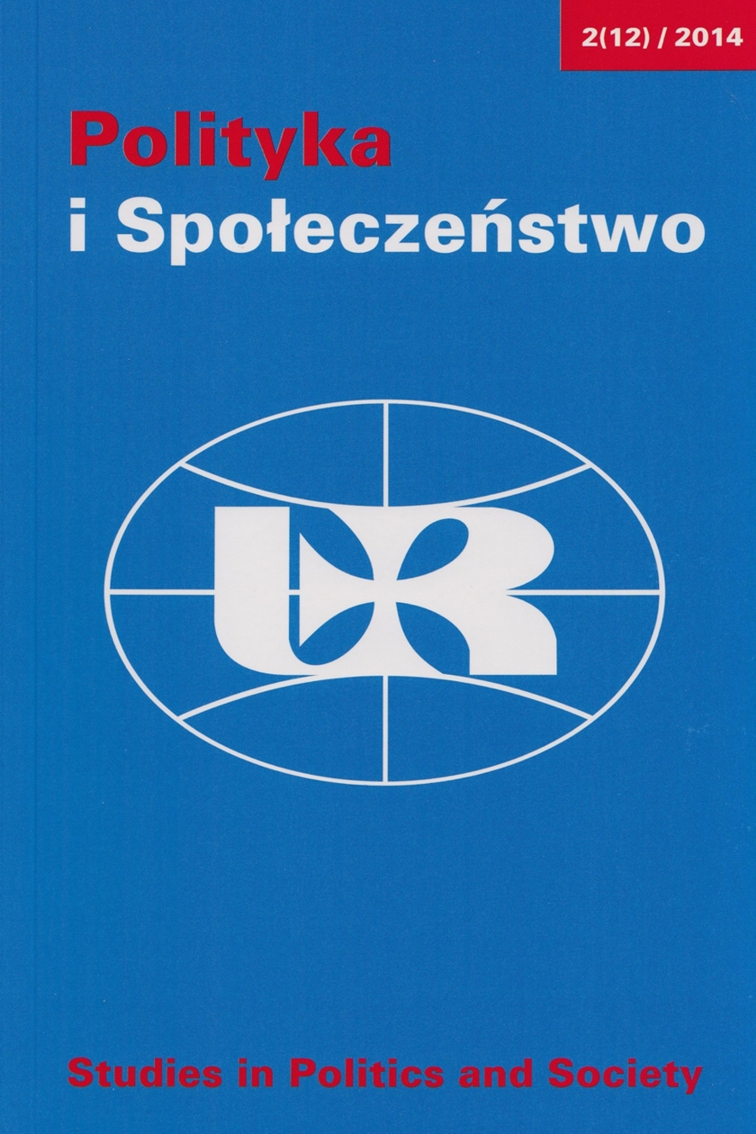Influence of mixed member proportional representation on the political system of New Zealand
Keywords:
New Zealand, mixed member proportional representation, voting systemAbstract
This article is an attempt to analyze the New Zealand voting system after almost twenty years of experience of working the new system. New Zealand until 1993 was a model of Westminster Democracy with a two-party system and plurality voting system. As a consequence of a referendum in 1993 the voting system of New Zealand was trans-formed from first-past-post to mixed member proportional representation. This change was a cause of the increase in the effective number of parties and political polarization and also was a decreased of the disproportionality of elections. In this paper I want to show the political consequences of Mixed Member Proportional Representation for the party system and the creation of a cabinet for New Zealand. Two major parties after the transition to the new system were no longer able to create a single-party majority cabinet and were forced to begin new relations with small parties. In this work a method of system analyses was used. In conclusions I show that New Zealand has one of the most proportional systems and, despite MMP, New Zealand still has a two-party system.Downloads
Published
2021-04-21
How to Cite
Szabaciuk, W. (2021). Influence of mixed member proportional representation on the political system of New Zealand. Studies in Politics and Society, 12(2), 49–60. Retrieved from https://journals.ur.edu.pl/polispol/article/view/1719
Issue
Section
Articles
License

This work is licensed under a Creative Commons Attribution-ShareAlike 4.0 International License.


